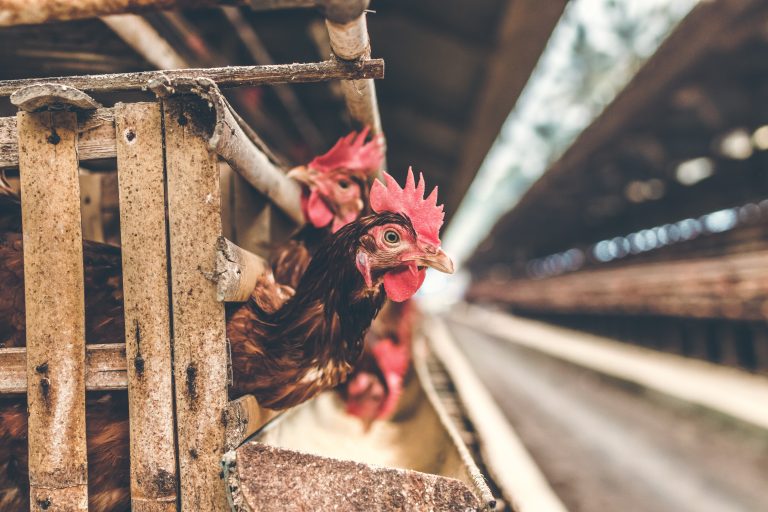The Rising Cost of Pepsi
If you think the price of your favorite Pepsi product seems higher than the last time you bought it, you’re probably right. Pepsi recently announced that it would be raising prices again as the company struggles to offset the rising cost of labor caused by the current labor shortage and higher freight costs. Like so many other companies including chief rival, Coca-Cola, Pepsi has been impacted by unanticipated labor shortages caused by shifts in the labor market as workers make new career choices. The company is also experiencing the effects of lingering supply chain issues related to the COVID-19 pandemic and significantly higher freight costs that continue to hamper the global flow of products. To manage some of these issues, Pepsi is planning to automate new areas of its production, hoping that the resulting increased productivity will help offset at least some of its rising costs.
Stockholders are encouraged by increasing demand for Pepsi products as the global economy continues to reopen following the lockdowns associated with the pandemic. In the United States, consumers are flocking to restaurants and movie theaters as well as theme parks and other destinations where the company’s products are popular. As demand continues to rise, so may demand for smaller containers as consumer buying preferences move toward smaller, individually packaged containers. If this pattern does indeed continue, the company will need to make further changes to its production process to accommodate this shift in demand. For now, though, consumers should expect that inflationary pressures on inputs will likely prompt Pepsi to raise prices further.
Discussion Questions:
1. Consider price elasticity as it relates to demand for Pepsi products. Pepsi is asking consumers to pay more for their product, but how much more are consumers likely to be willing to pay?
2. Pepsi has announced that it will be increasing automation in some of its production processes. What does this mean for communities that depend on Pepsi for jobs?
3. Pepsi is seeing the effects of inflation on its inputs. Discuss inflation is it relates to price.
Sources: CNBC: PepsiCo and Conagra plan to battle rising costs with higher prices, Reuters: PepsiCo raises profit forecast as soda demand jumps, plans price increases, The Times: PepsiCo plans to pass rising supply costs on to customers, Photo by Ja San Miguel on Unsplash













